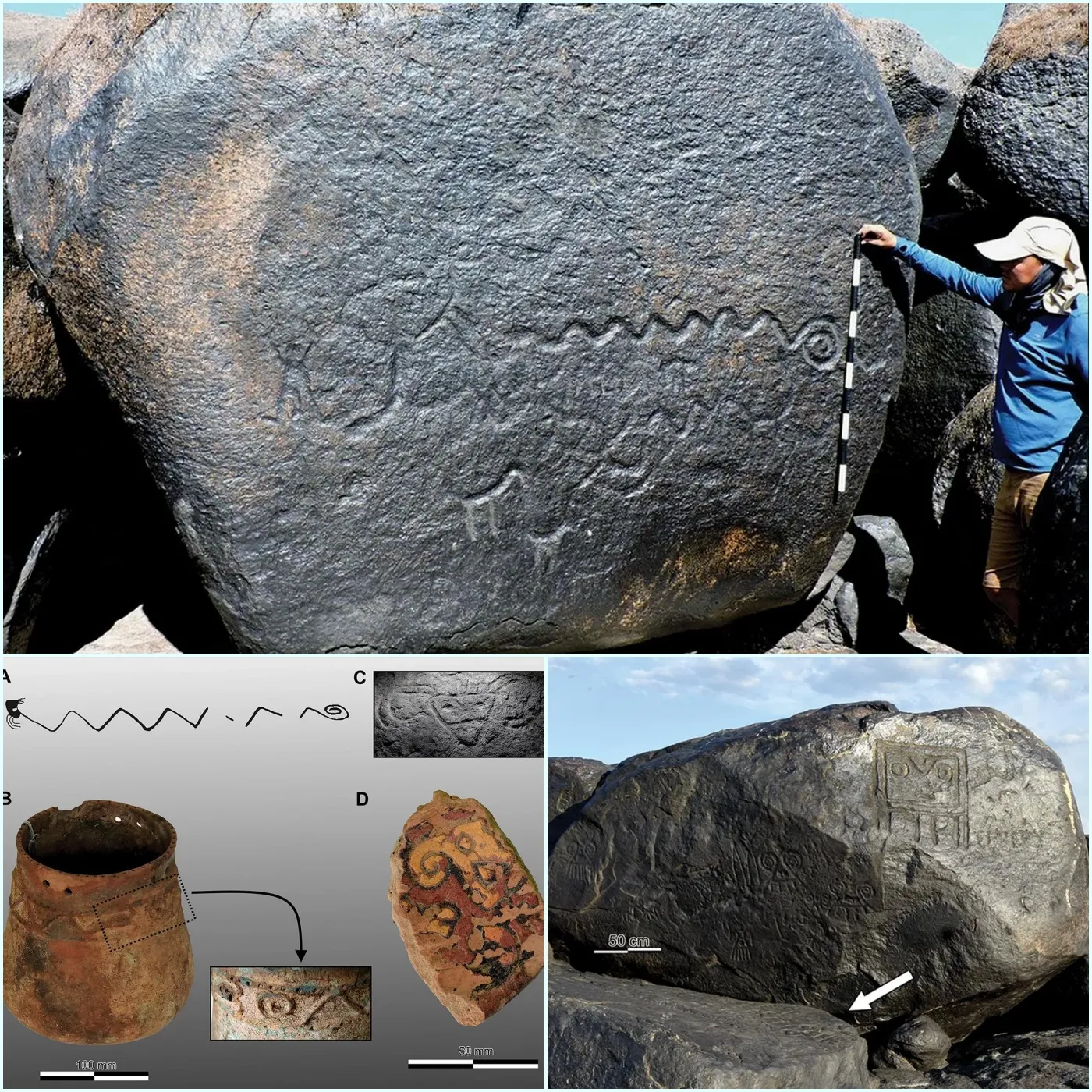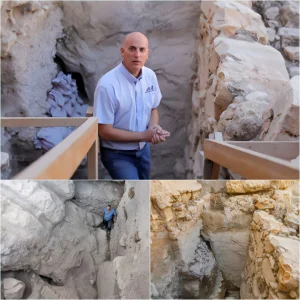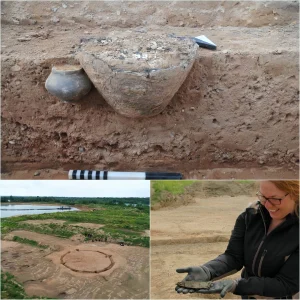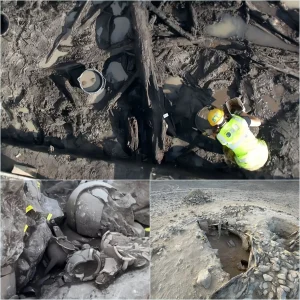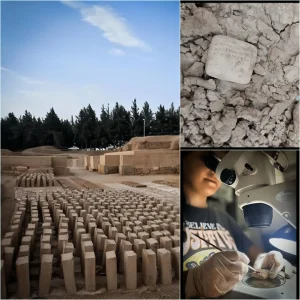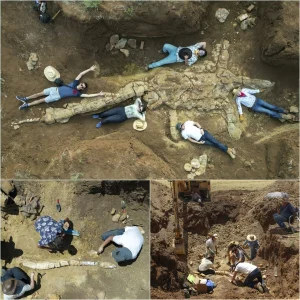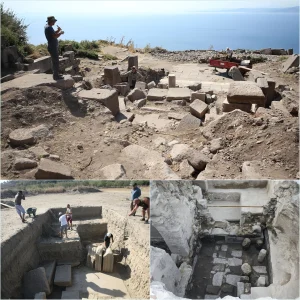A groundbreaking discovery of prehistoric rock engravings along the Upper and Middle Orinoco River in Venezuela and Colombia has revealed what researchers believe to be the largest prehistoric rock art in the world. Led by an international team from Bournemouth University, University College London (UCL), and Universidad de los Andes, the research highlights the immense cultural and historical significance of these monumental carvings. The engravings, found on rock faces along the Orinoco River, depict motifs such as giant snakes, human figures, and Amazonian centipedes.
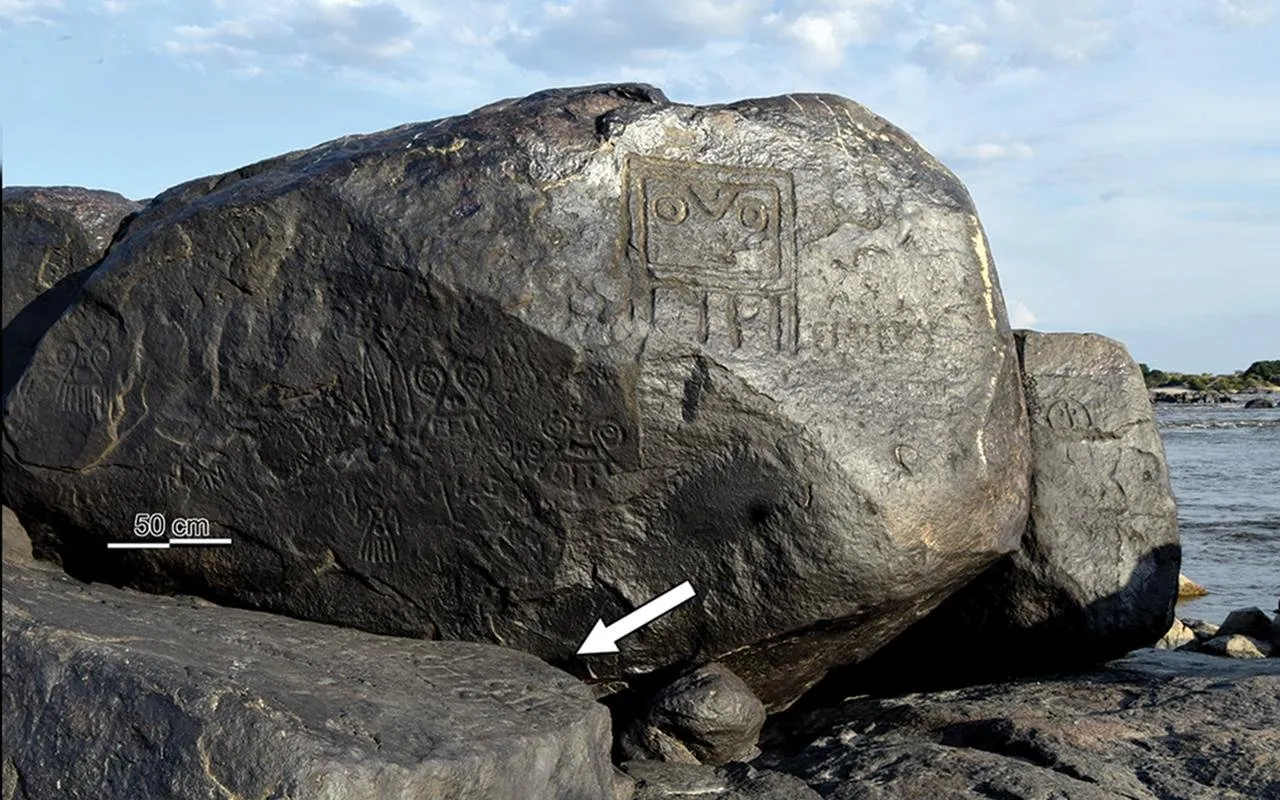
Some of these engravings span tens of meters in length, with the largest known engraving measuring over 40 meters, marking it as the largest single rock engraving ever documented. The team’s comprehensive efforts, including collaboration with local guides and the use of drone photography, have resulted in the mapping of 14 significant rock engraving sites—defined as those exceeding four meters in width or height.
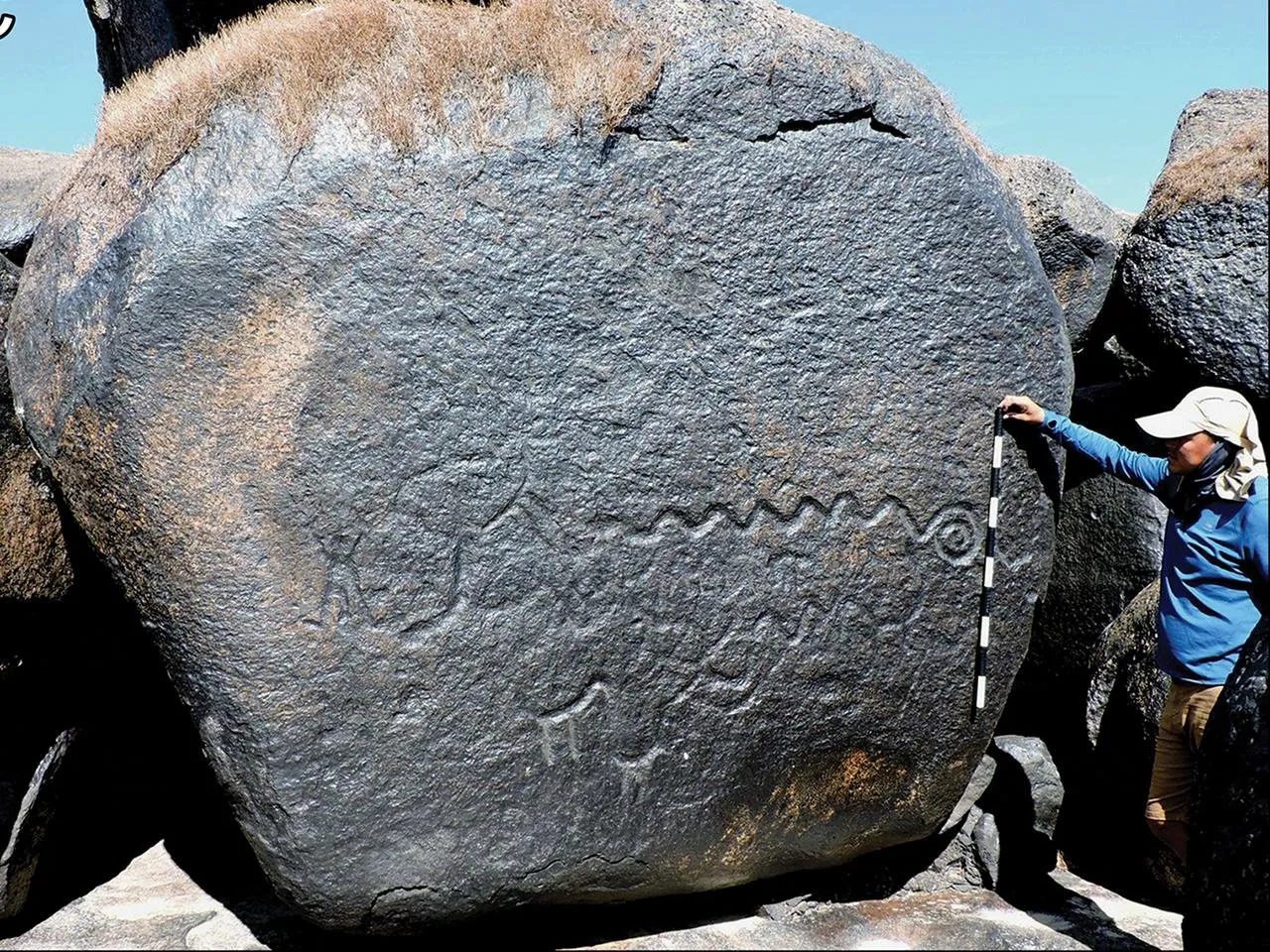
Many of these expansive engravings feature depictions of snakes, believed to represent boa constrictors or anacondas. These serpents hold profound cultural significance in the myths and beliefs of the Indigenous communities in the region. According to Dr. Phil Riris, Senior Lecturer in Archaeological Environmental Modelling at Bournemouth University and lead author of the study, “Anacondas and boas are associated with the creator deity of some Indigenous groups in the region and are also viewed as formidable beings capable of causing harm to both humans and large animals.”
